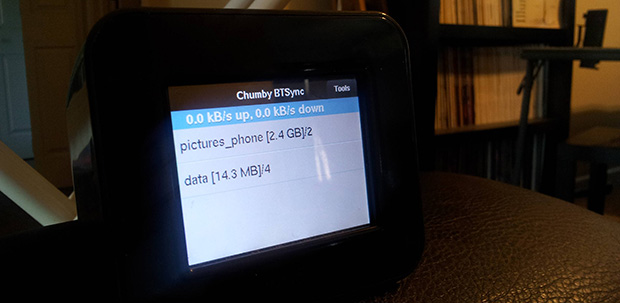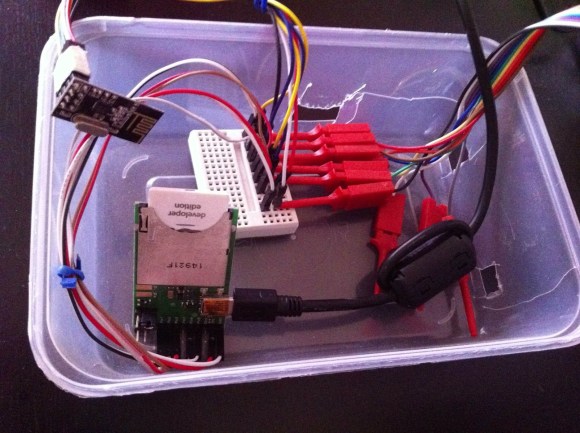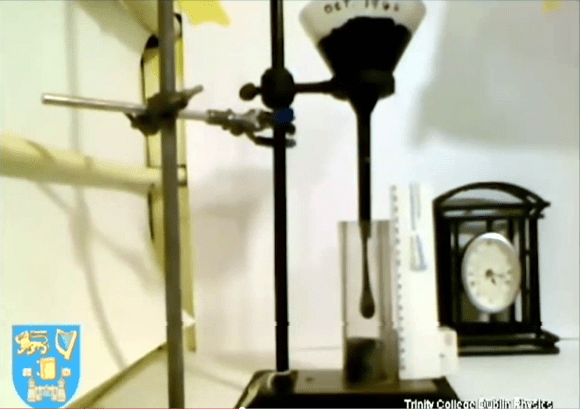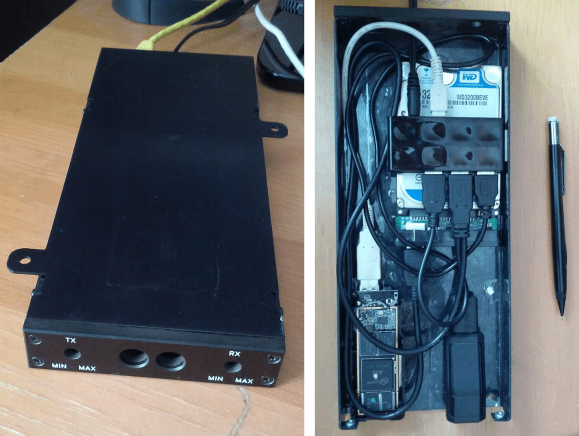
Since the Chumby servers went offline earlier this year, [Huan] found himself with a few of these tiny, extremely hackable internet devices lying around. He’s also getting tired of his NAS and wanted a way to sync folders between all his computers. Combine the two desires, and you can make a personal cloud with a Chumby, thanks to some help from the people at BitTorrent Labs.
[Huan] is using BitTorrent Sync for his Dropbox-like server. After creating a webkit interface for BitTorrent Sync, [Huan] loaded up his Chumby with new firmware, set up a few folders to be synced, and let the Chumby do all the work.
It’s not exactly fast, given the Chumby’s wireless connection and USB 1.1 for an external disk drive, but it’s more than enough to keep your personal project folders synced across multiple computers. As a bonus, it’s also very, very secure, getting around most of the security problems cloud solutions entail.

















